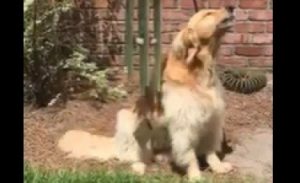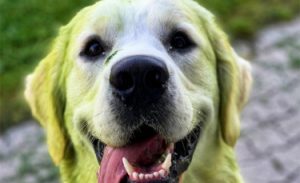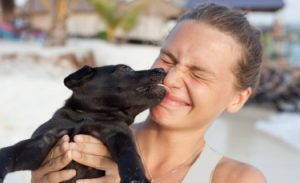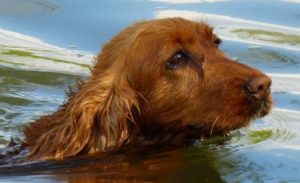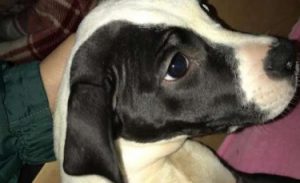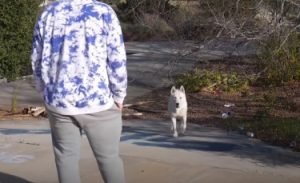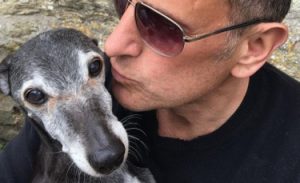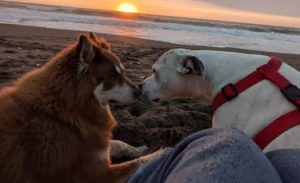Other name: Petit Batelier
The Schipperke is a small, lupoid-type sheepdog of a sturdy build. It features a densely furnished robe with a characteristic ruff and mane. The gaits of the Schipperke are characterized by supple, moderately ample and firm movements, with good thrust from the hindquarters.
<!–
–>
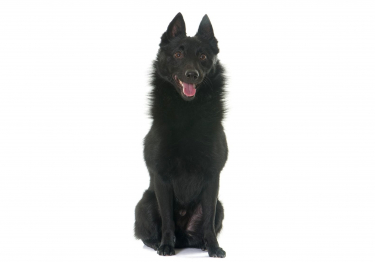
| Half-long | |
| Belgium | |
| Small | |
| Triangular |
| Sex | Weight | Cut |
|---|---|---|
| Female | From 3 kg to 5 kg | From 30 cm to 32 cm |
| Male | From 5 kg to 8 kg | From 30 cm to 34 cm |
History of the breed
Schipperke Pictures
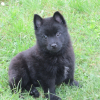
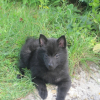
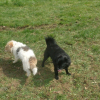
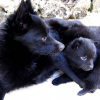

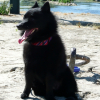
See all photos of Schipperke from Woopets members
Physical features
His hair: very thick, dense, straight, of hard and firm texture, forming a ruff around the neck, a mane and abundant on the lower region of the neck and on the chest. The outer coat is associated with a softer and tighter undercoat, the whole giving it good protection against cold and humidity.
Its color: only black zain, with an undercoat of the same color or dark gray.
His head: wedge-shaped, in harmony with the body. The forehead is rather broad, the superciliary and zygomatic arches slightly arched, the stop moderately marked, the nose small and black in color, the muzzle tapering towards the nose, the lips black and tight, the jaws articulated in scissors. or pincers and dry cheeks.
His ears: triangular in shape, small in size, straight, set high and very lively.
His eyes: almond-shaped, small in size, dark brown, displaying a piercing expression, full of mischief and liveliness.
His body: stocky, without the impression of heaviness and writable in a square. The top line is straight and tense, the withers well accentuated, the back short and straight, the kidney wide, the croup short and horizontal, the chest well let down to the elbows and broad, the ribs well arched, the line below going up towards the belly without being greyhound.
Its tail: set high, drooping at rest, raised when the dog is in action. Some dogs are born without a tail or with a very short tail.
Behavior and character
| Affectionate | |
|---|---|
| Calm | |
| Protective | |
| Independent | |
| Hunter | |
| Barks / howls |
Behavior with others
| Cohabitation with children | |
|---|---|
| Sociable with other animals | |
| Love strangers |
the Schipperke is a particularly lively and energetic dog, as much appreciated as a pleasant companion for the whole family , and especially children to whom he is very gentle, as as a guard dog. He is, in fact, very alert and very curious , while being naturally suspicious of strangers. As a result, it will loudly signal any suspicious approach to its owners’ house. Enduring and agile , the Schipperke shows itself to its advantage in various dog sports. It is also characterized by a natural tendency to want to hunt small rodents.
The Schipperke
is it right for you? Take the test!
Education
| Clever | |
|---|---|
| Obedient |
For this kind of busy dog, it is essential to instill in them behavioral limits early enough. Learning to recall early is important , as is socialization . For the rest, the principles of positive reinforcement help to make the Schipperke an obedient and pleasant dog .
Living conditions
| Suitable for apartment living | |
|---|---|
| Good for new masters | |
| Love it hot | |
| Love the cold |
the Schipperke adapts to all lifestyles as long as he enjoys enough activity. He can live in an apartment, but will obviously prefer to have a large fenced garden to express all his energy and satisfy his curiosity.
Health
| Solid | |
|---|---|
| Ease of gaining weight |
the Schipperke is a robust and resistant dog , which is also endowed with a good protection against the cold and the bad weather thanks to its double and abundant coat. On the other hand, there are predispositions to certain diseases in this breed, including the following: aseptic necrosis of the femoral head, dermatitis, entropion, hypothyroidism, pemphigus (autoimmune dermatological disease).
Hypoallergenic breed
No
Litter size
Between 3 and 6 puppies
| Major concerns |
|
|||||||
| Minor concerns |
|
| Occasional concerns |
|
|||
| Suggested tests |
|
To guard against these risks and insure your companion in the event of health problems, Woopets recommends Schipperke dog insurance .
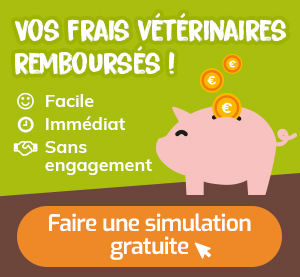
function showAssuranceForm () {var siteReferer = var id_race_association = ‘243’; //console.log(id_race_association);success: function (html) {}});}document.addEventListener (‘DOMContentLoaded’, () => {$ (‘# assuranceModalBanner’). on (‘show.bs.modal’, function (event) {showAssuranceForm ();});});
Life expectancy
Minimum: 13 years old
Maximum: 15 years
The life expectancy of a Schipperke is, on average, between 13 years and 15 years.
Calculate the human age of your Schipperke!
To choose… 1 year 2 years 3 years Four years 5 years 6 years 7 years 8 years 9 years 10 years 11 years old 12 years 13 years 14 years old 15 years old 16 years old 17 years 18 years old 19 years old 20 years 21 years old
Maintenance and hygiene
| Ease of maintenance | |
|---|---|
| Cost of maintenance | |
| Hair loss |
| Drool level | |
|---|---|
| Ease of grooming |
the Schipperke is subject to 2 moults per year, usually occurring in spring and fall. Its maintenance does not pose any particular constraint and remains basic.
It is recommended to brush the dog twice a week by going against the grain on the most dense areas (collar, crop …) and in the direction of the hair on the rest of the body. During moulting, brushing should be daily. Baths, on the other hand, should not be too frequent.
Its hair, ears, eyes and pads should be examined after each outing in the wild to detect and remove any debris or external parasites. His teeth need to be brushed frequently to remove tartar build-up and the proliferation of bacteria. Finally, if they do not wear out naturally, its claws need to be cut. If you are new to this, it is recommended that you seek advice from a veterinarian or groomer.
Price and budget
Purchase price
Mini
€ 600 Maxi
€ 1,100
The purchase price of a Schipperke is between € 600 and € 1,100.
Annual maintenance cost
Mini
200 € Maxi
€ 400
The annual maintenance cost of a Schipperke is between € 200 and € 400.
No name is currently proposed. Use our tool to find the name of your Schipperke!
Food
The Schipperke needs a quality diet that provides it with all the nutrients and vitamins it needs. It must be adapted to their level of physical activity, their size and their age. Its food is to be divided into 2 meals per day . Predisposed to obesity , care should be taken to ensure that the Schipperke does not eat more than it should.
Want the best for your dog?
Create the tailor-made power supply for your Schipperke
I discover !
PROMO -30% | Delivered to you!

Physical activity
| Athletic | |
|---|---|
| Energy level | |
| Potential to play |
the Schipperke is an active dog and therefore needs daily outings and exercises . He enjoys games that use his agility and boundless energy, such as agility.
Competitions
| Classifications & Standards |
|
Others
| Master character <span class="btnTooltip qTip2" title="- Calm: the master must be gentle and know how to show patience. – Active: the owner must be energetic and dynamic to live in harmony with his dog. – Hyperactive: the owner must be stimulating and very restless to suit the temperament of his dog.”> |
Active |
|---|
FCI Information
FCI No.
83
FCI Group
Group 1: Sheepdogs and Cattle Dogs (except Swiss Cattle Dogs)
Recognized by FCI
Since 1954
</div



